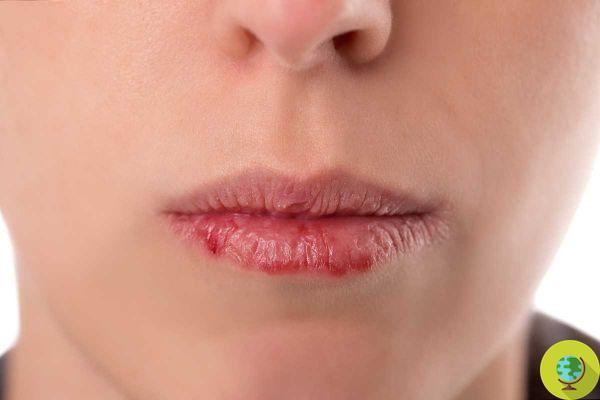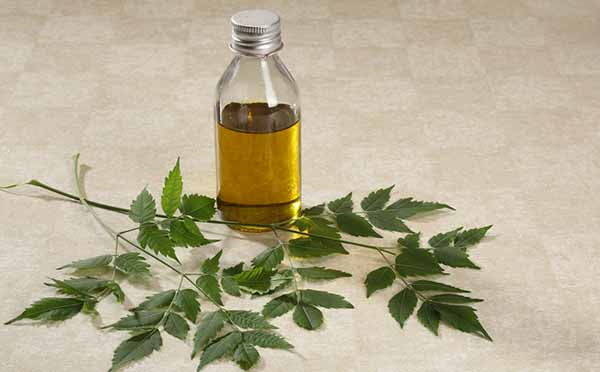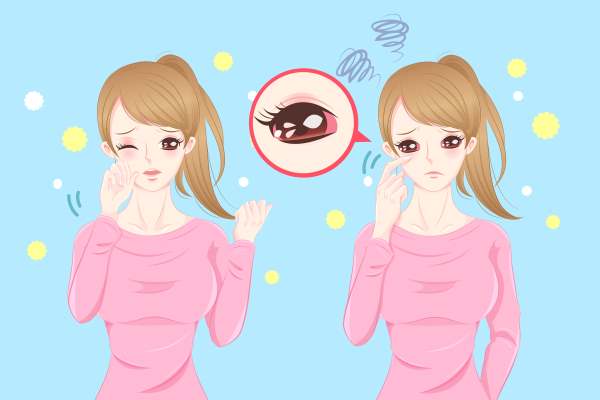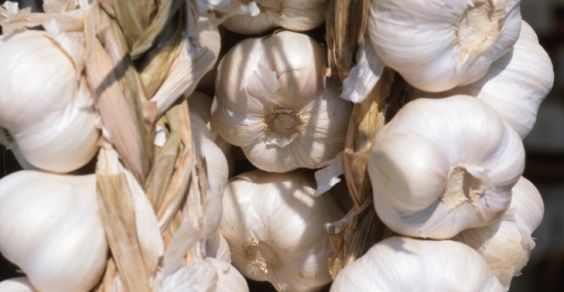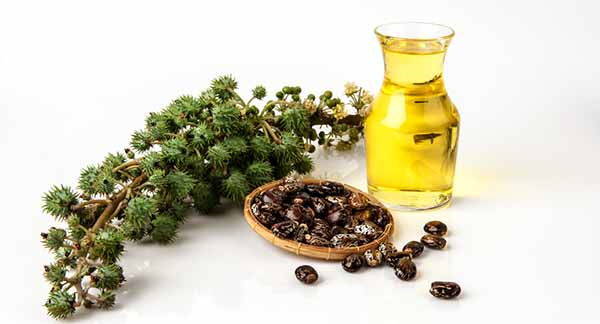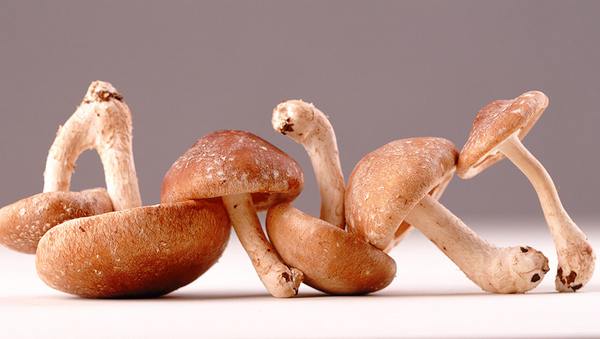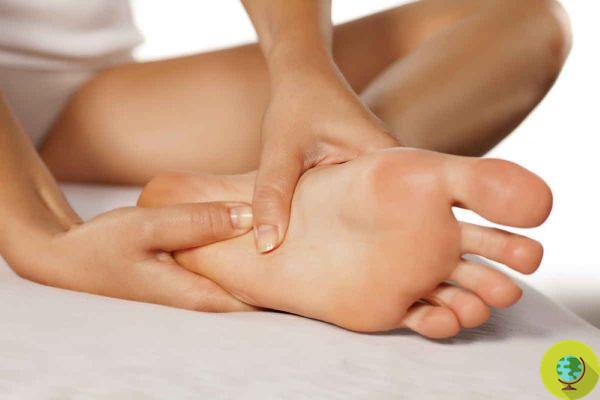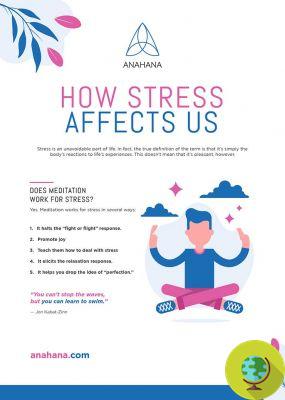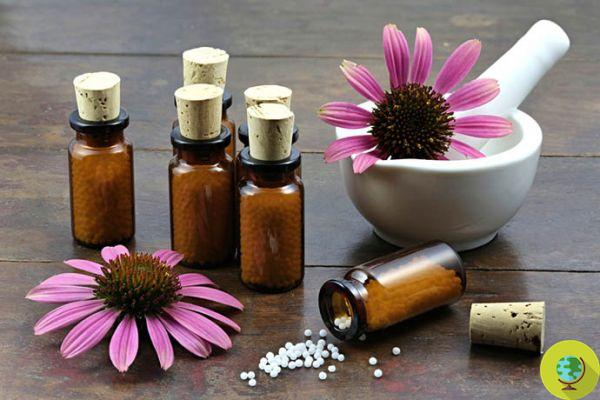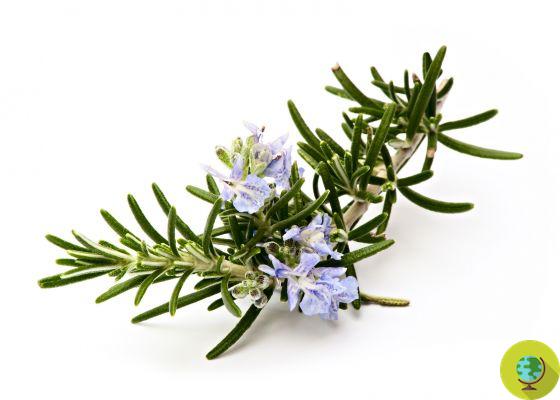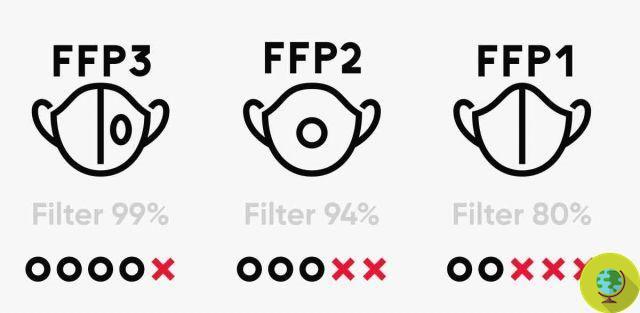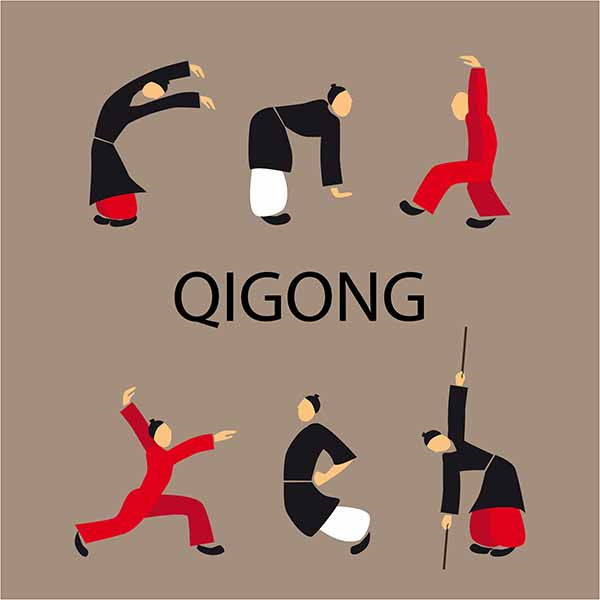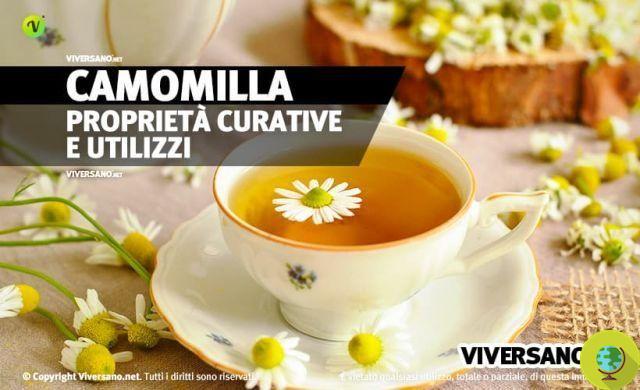
The most frequent way in which chamomile is used is in the form of herbal tea, that is to prepare an infusion with the dried flowers of this plant to drink or to make wraps and washes. It should never be missing from our natural medicine pantry as it is also suitable for children.
Don't store avocado like this: it's dangerous
Among the best known and commonly used plants there is undoubtedly chamomile with its flowers similar to those of daisies, which we immediately recognize in particular for their scent and appreciate because of the sedative and calming qualities they have on the body. In our natural medicine pantry there should never be any lack of data which is also suitable for children.
When we talk about chamomile we are actually referring to a series of plants of the Asteraceae family. The two most commonly used species are the chamomilla tedesca (Marticaria recutita) and Roman chamomile (Chamaemelum nobile). Both have been known since ancient times for their calming and anti-inflammatory properties, but the former is the one we all commonly use.
We have news of chamomile since the time of the ancient Egyptians who used it as a sedative but also to relieve headaches, rheumatism and fever. But the popularity of this plant was also great in the Greek civilization, in the Roman one and then in the Middle Ages when its use as natural remedy of popular use it has become even more frequent.
property
It is commonly believed that chamomile has sedative qualities, in reality it is not so much what makes this plant relaxing as its antispasmodic dots which produce muscle relaxation and consequently can also help you sleep better and promote a general sense of well-being and calm.
Thanks to the presence of mucilageFurthermore, chamomile is a plant from anti-inflammatory properties very useful when there are problems in the stomach, intestines or other mucous membranes of the body. It is also able to act positively when there are too many intestinal gases.
Other properties recognized to chamomile are those antipyretic (i.e. able to lower fever), antibacterial, antifungals and analgesics this is why in ancient times it was also applied to wounds in order to make them reabsorb faster and avoid infections.
This plant is rich in flavonoids, therefore also has antioxidant qualities, and contains a very delicate essential oil that can be used in diffusion in case of insomnia and nervousness or diluted in vegetable oil for massages on dry or reddened skin.
DOORS
The most frequent way chamomile is used is in the form of herbal tea, or to prepare an infusion with the dried flowers of this plant to drink or to make wraps and washes.
For internal use, chamomile is useful for relieve nervousness, help digestion, reduce intestinal inflammation and promote regular mobility, treat gastritis, esophagitis, colic in children e reduce cramps due to PMS.
- external compressesinstead, they can be useful in relieving rheumatic problems, rashes, hemorrhoids, small wounds, burning and redness of the eyes. Then there is the possibility of take advantage of the beneficial vapors of chamomile for example by making fumenti with boiling water in which dried flowers of this plant have been poured or a sachet of the ready-made ones, together with a spoonful of baking soda. This technique is very useful for relieving the symptoms of a cold, cough or asthma.
Given its anti-inflammatory and soothing properties, the infusion of chamomile can also be used to carry out gargle in case of gum problems or inflammation in the mouth, douching or enemas. Finally, there are those who use it for help the natural highlights of blonde hair to be brighter.
CONTRAINDICATIONS
The only real contraindication of chamomile is in case of hypersensitivity or allergy to the plant. Then there are those who advise against it during pregnancy as it could cause premature contractions, the dose to be taken to get to be in this situation should however be very high, so even pregnant women, many women choose to use this drink sporadically to promote relaxation.
If using for children it is good to respect the doses suggested by the pediatrician as, once a certain threshold is exceeded, chamomile can achieve exactly the opposite effect or make the child more nervous and with difficulty falling asleep.
Read also:
Spontaneous herbs: chamomile




